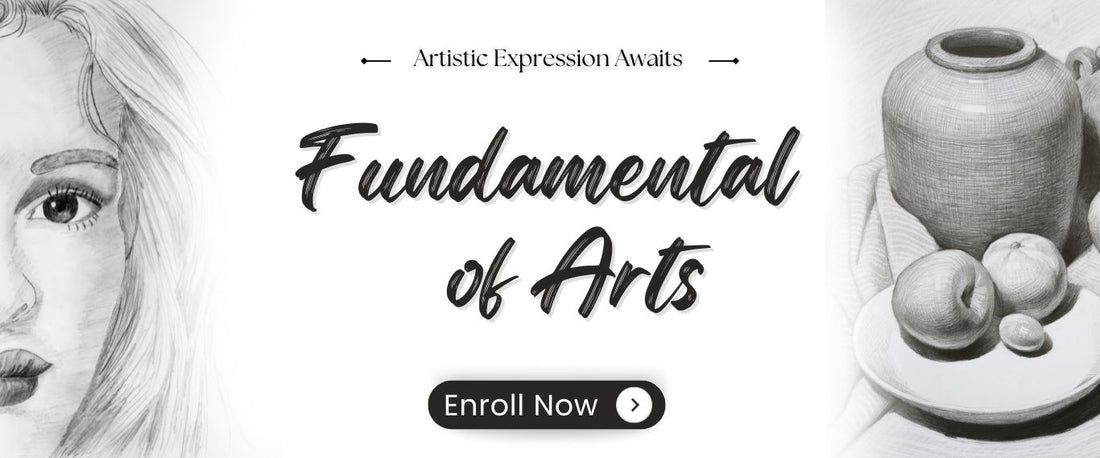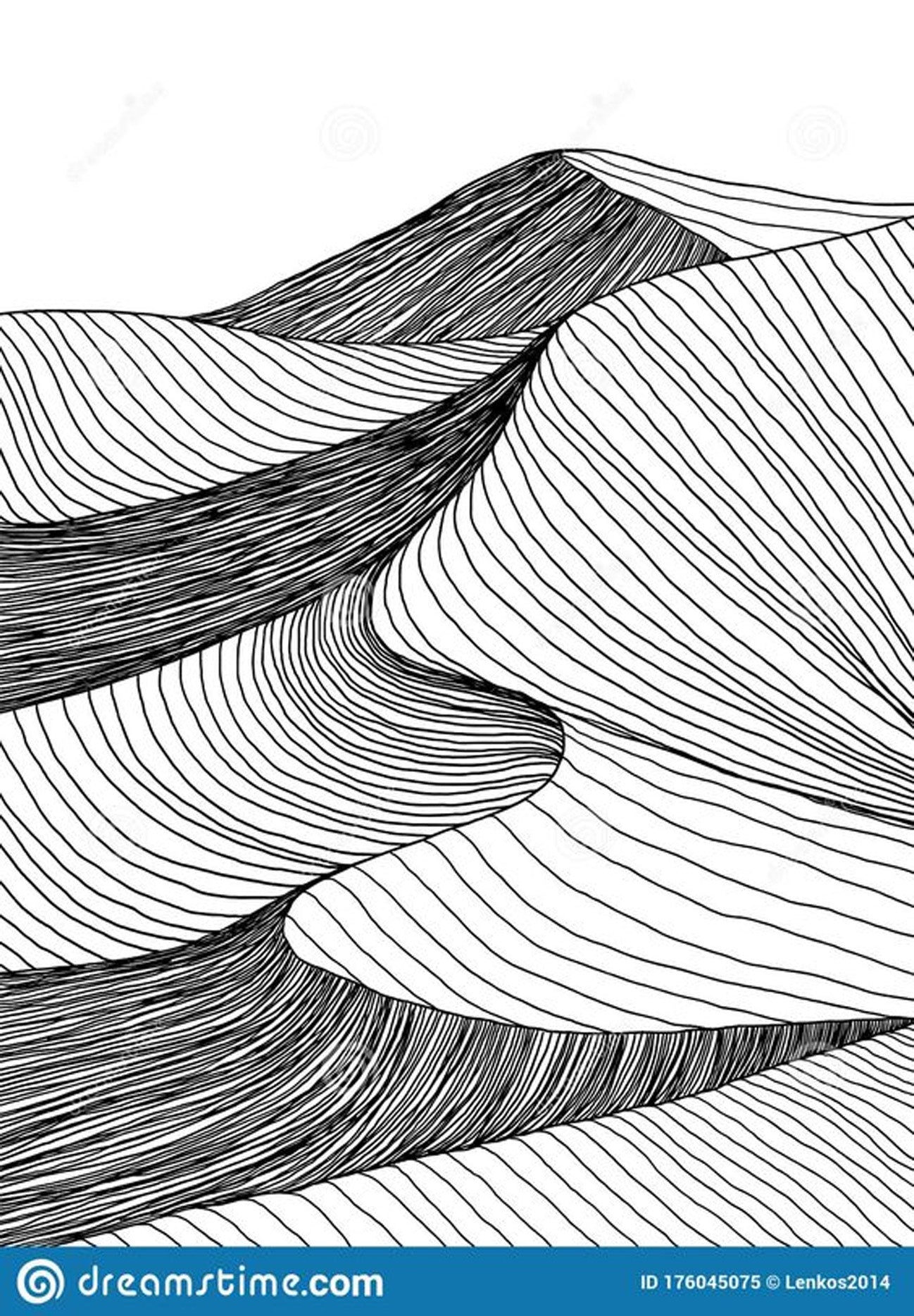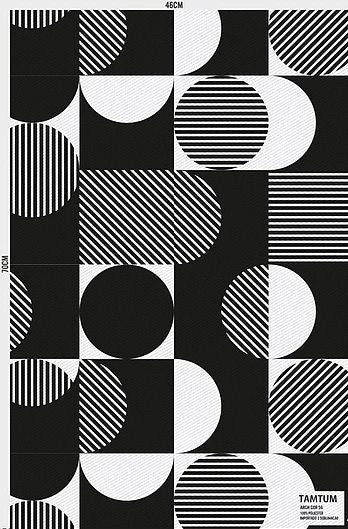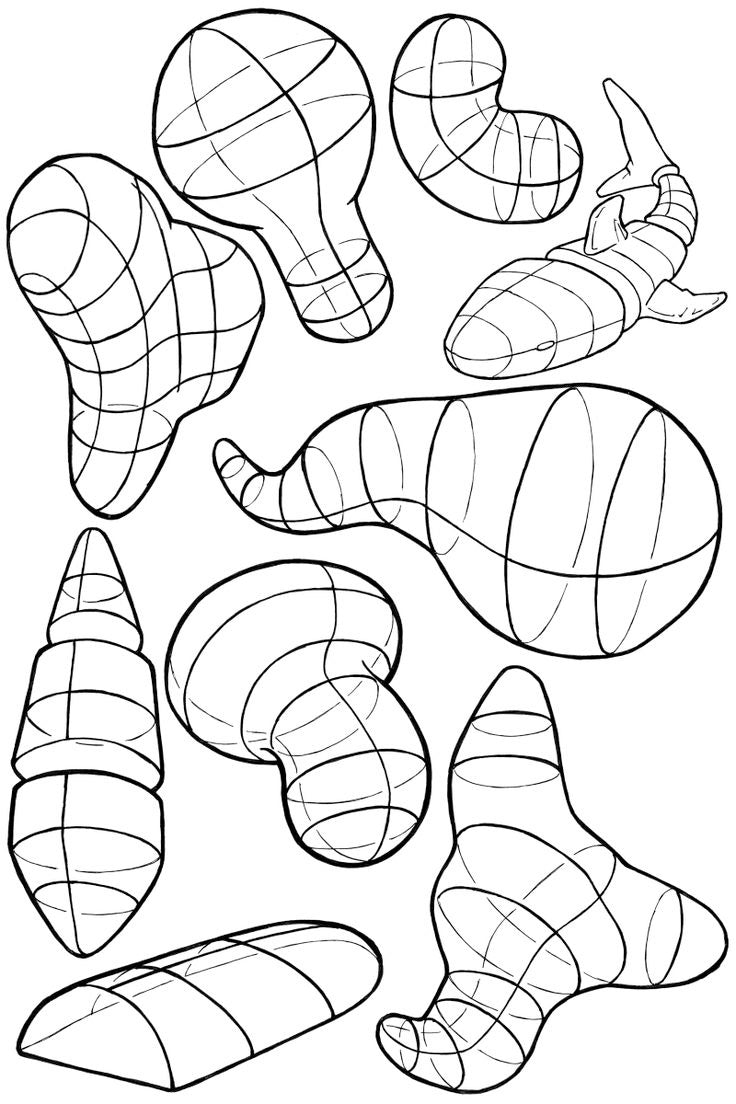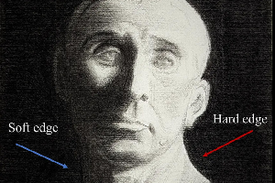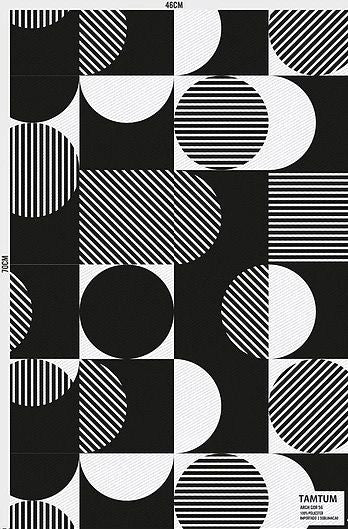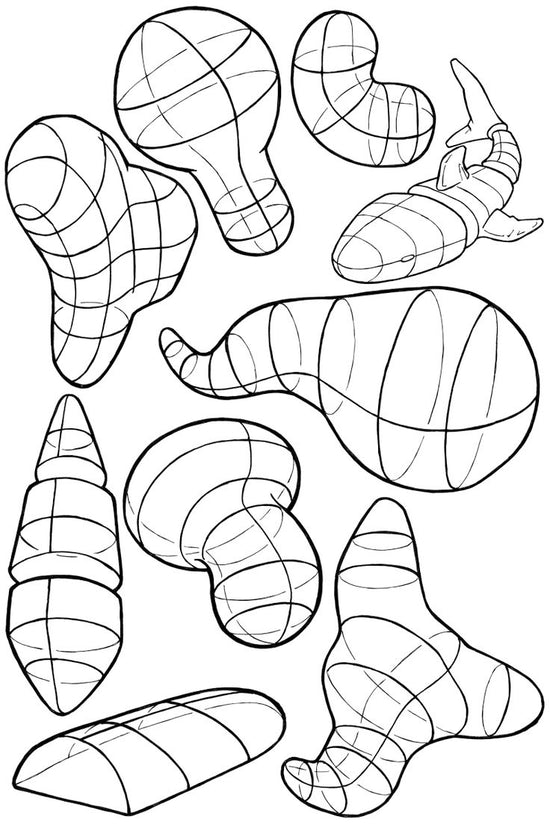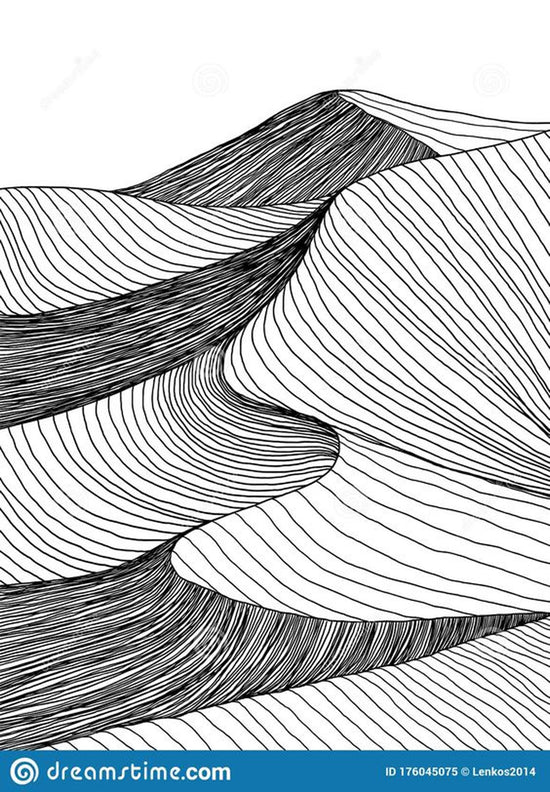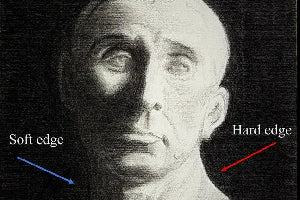
Fundamentals of Art Overview
One of the premier art studios in Delhi! We are thrilled to offer our new "Fundamentals of Art Course in Delhi", designed specifically for beginners. This course is a comprehensive introduction to the world of art, providing students with the foundational skills and knowledge needed to embark on their artistic journey. Whether you're a complete novice or looking to refresh your basics, this course is tailored for you. You can get creative with us with our more hands-on classes! Check out our website for the charcoal drawing course in Delhi, Pottery Workshop in Delhi, and various other workshops and courses.
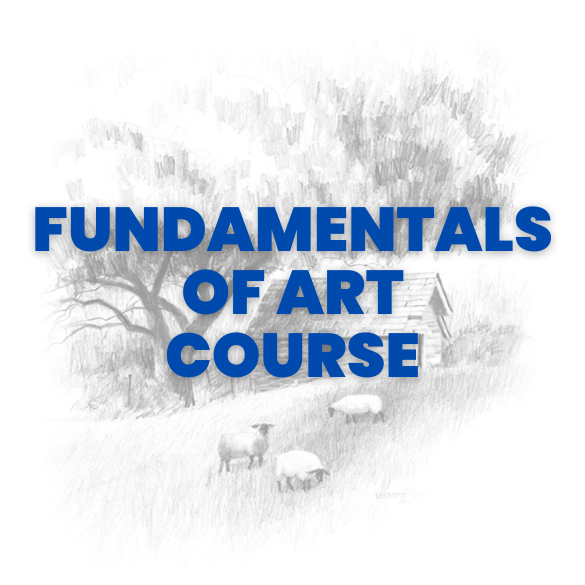
Fundamentals of Art
Duration: 40 HOURS
WHAT THE COURSE INCLUDES:
LINES
2D SHAPES
PERSPECTIVE
FORMS
COMPOSITION
LIGHTS AND SHADOWS
TONAL VALUES
EDGES
Rs. 16,000.00
Why Join Our Fundamental Of Art?
Join our fundamentals of art course in Delhi to build a strong foundation in artistic principles. Explore core concepts, develop essential skills, and receive expert guidance to unleash your creativity and pursue your artistic passions. Enroll with us today and join our fundamentals of art classes in Delhi to master the basics of drawing, painting, and more!


